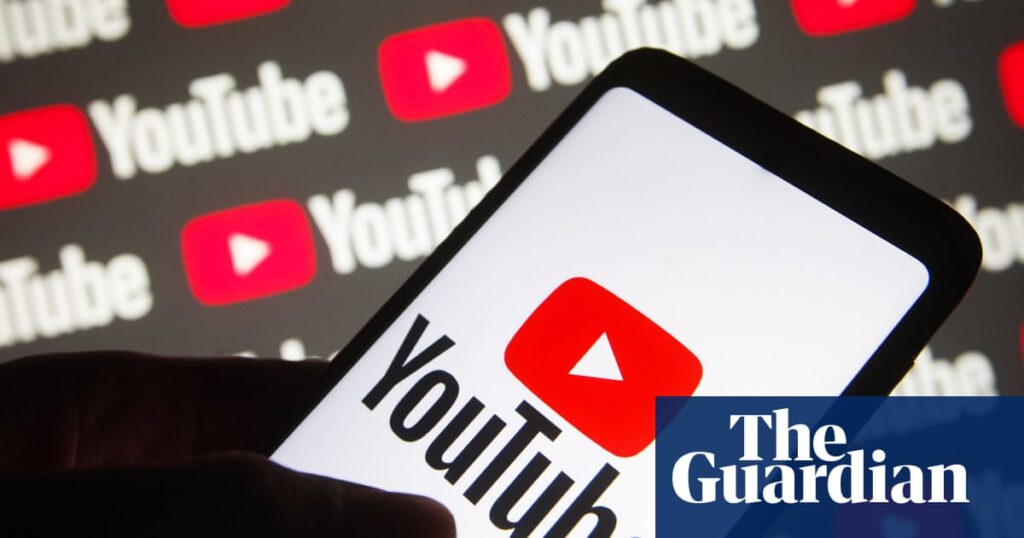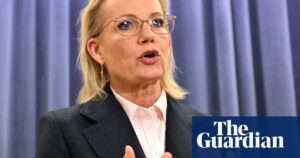
YouTube has sharply criticized calls to include it in Australia’s proposed social media ban for users under 16, accusing the country’s online safety commissioner of disregarding the voices of parents and educators. The eSafety commissioner, Julie Inman Grant, has urged the government to reconsider its decision to exclude YouTube from the age restrictions that will apply to platforms such as TikTok, Snapchat, and Instagram.
Inman Grant’s recent address at the National Press Club outlined the details of the upcoming social media age limit, which she described as a “delay” rather than a “ban,” set to take effect in mid-December. Despite the lack of specifics on how age verification will be implemented, she mentioned that Australians should expect a “waterfall of tools and techniques,” many of which will likely involve artificial intelligence to analyze facial or hand features.
Government and Industry Reactions
YouTube has urged the government to adhere to its draft rules and ignore Inman Grant’s recommendations. Rachel Lord, YouTube’s public policy and government relations manager, stated,
“Today’s position from the eSafety Commissioner represents inconsistent and contradictory advice, having previously flagged concerns the ban ‘may limit young people’s access to critical support’.”
She further criticized the advice for ignoring the sentiments of Australian families, teachers, and the broader community.
Meanwhile, several social media platforms have privately expressed concerns about the lack of information regarding their obligations under the new laws. They have raised doubts about their ability to develop age assurance systems with less than six months until the deadline. Inman Grant indicated that age verification would occur on individual platforms rather than at the device or app store level, noting that many social media sites already use tools to estimate or verify users’ ages.
Implications for Tech Companies
The move represents a significant shift in responsibility from parents and carers to the tech companies themselves. Inman Grant acknowledged that the systems would not be perfect, stating,
“We know that companies aren’t going to get it right the first time. None of these technologies are foolproof, but again, if they’re using them in tandem with one another, they’ll have greater levels of success.”
She emphasized that the legislation aims to create “friction in the system” and treat big tech like the “extractive industry” it has become.
Federal government sources revealed that the communications minister, Anika Wells, will decide within weeks whether to follow the commissioner’s advice to amend the draft rules. The shadow communications minister, Melissa McIntosh, has called for greater clarity on the impending reforms, stating,
“In or out, the government needs to make its position clear on the requirements for social media platforms and families to protect our kids from the vitriol that is so prevalent online.”
YouTube’s Position and Future Steps
YouTube has been vocal about its role as a platform for video distribution rather than social interaction. Lord highlighted YouTube’s leadership in creating age-appropriate products and responding to threats, denying any policy changes that negatively impact younger users. She pointed out that YouTube removed over 192,000 videos for violating hate and abuse policies in the first quarter of 2025 alone and has developed products specifically for young children.
Lord insists that the government should not reverse its course on exempting YouTube from the ban, arguing that the eSafety commissioner’s advice contradicts the government’s own commitments and research.
“eSafety’s advice goes against the government’s own commitment, its own research on community sentiment, independent research, and the view of key stakeholders in this debate,”
she said.
As the debate continues, the government faces pressure to clarify the requirements and technologies that will underpin the new age verification systems. With the deadline approaching, all eyes are on the communications minister’s upcoming decision, which will set the course for how social media platforms operate in Australia and their role in safeguarding young users.







